Spain
Welcome to Spain
Step into Spain, a land where passion, tradition, and innovation blend seamlessly. From the sun-drenched plazas of Madrid to the Moorish palaces of Andalusia, Spain’s allure lies in its diversity-of landscapes, cultures, and experiences. Whether you’re wandering medieval alleys, tasting world-class cuisine, or joining a vibrant festival, Spain promises a journey that stirs the soul and delights the senses.
Spain sits at the crossroads of Europe and Africa, boasting a rich tapestry of history shaped by Romans, Moors, and Christian kingdoms. Its regions-Catalonia, Basque Country, Andalusia, and beyond-each offer unique languages, customs, and flavors. The country’s dramatic geography ranges from the snow-capped Pyrenees to the golden beaches of the Mediterranean and Atlantic, while its cities pulse with art, music, and a zest for life that’s unmistakably Spanish.
Why Visit Spain?
1.
Spain is a feast for the senses: marvel at architectural wonders like Barcelona’s Sagrada Família, feel the rhythm of flamenco in Seville, and savor tapas in bustling markets. Every region invites you to experience its own festivals, traditions, and culinary delight.

2.
With its extensive high-speed rail network and affordable domestic flights, exploring Spain’s medieval towns, cosmopolitan cities, and scenic coasts is both easy and rewarding. Whether you seek adventure, relaxation, or cultural immersion, Spain offers something for everyone.

Planning Your Trip
Visa Information
Spain is part of the Schengen Area. Many travelers-including those from the USA, Canada, UK, Australia, and New Zealand-can enter visa-free for up to 90 days within any 180-day period. Always check the latest requirements for your nationality before you travel, as rules may change.
Best Time to Visit
- Spring (April–June) and autumn (September–November) are ideal, offering pleasant weather, fewer crowds, and lively festivals.
- Summer (July–August) brings hot temperatures and bustling beaches, especially along the Mediterranean and islands.
- Winter (December–February) is mild in the south and perfect for skiing in the Pyrenees or Sierra Nevada.
Getting To and Around
Getting to Spain
Spain is well-connected with major international airports in Madrid, Barcelona, Málaga, and more. Direct flights from Europe, the Americas, and beyond make access easy. Trains and buses link Spain to neighboring Portugal and France.
Getting Around
- Spain’s high-speed AVE trains connect major cities quickly and comfortably.
- Regional trains, buses, and domestic flights reach more remote areas and islands.
- In cities, metros, trams, and buses are efficient. Taxis and ride-sharing apps are widely available.
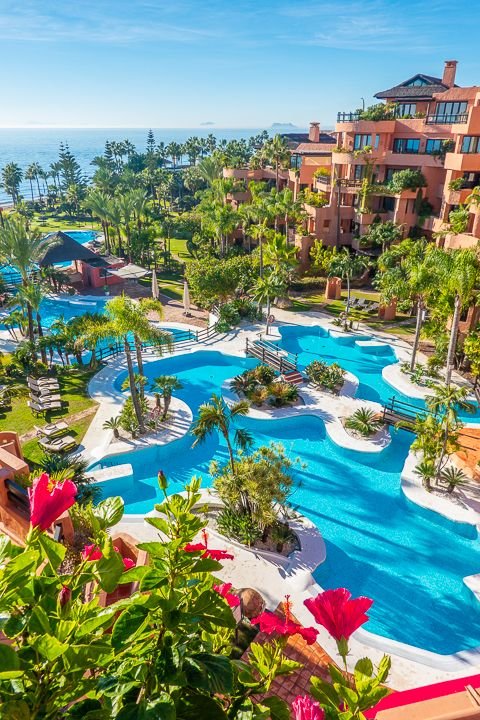
Accommodation
Spain offers a wide variety of accommodation options to suit all tastes and budgets, from budget-friendly pensions to luxurious five-star hotels and unique historic lodgings.
Budget and Mid-Range Options
At the affordable end, you’ll find pensiones and hostales-small family-run guesthouses or budget hotels often with simple amenities and sometimes shared bathrooms. These are common in towns and cities, offering good value with prices often around €50 per night outside major cities. Hostales usually provide private bathrooms and may have heating or air conditioning, making them a comfortable choice for budget travelers.
Hotels
Hotels range from one-star to five-star luxury, with prices rising accordingly. Three- and four-star hotels typically offer soundproofed rooms, elevators, and buffet breakfasts, while five-star hotels feature pools, gyms, and upscale services. In cities like Madrid and Barcelona, and popular coastal resorts, expect higher prices and more boutique-style properties.
Paradores
A uniquely Spanish experience is staying in a parador-luxury hotels often converted from castles, monasteries, or historic palaces. With over ninety across the country, these offer a blend of history, culture, and comfort, often in stunning locations. Rates usually start around €110 per night, making them a competitive alternative to other five-star hotels.
Self-Catering Villas and Apartments
For more independence, many travelers choose apartments or villas, especially along the coasts and on the Balearic and Canary Islands. These range from simple city-center flats to luxury villas with private pools. Renting a villa or apartment is ideal for families or groups wanting to cook their own meals and enjoy a home-like atmosphere.
Rural Accommodation
Spain also boasts casas rurales (rural houses), popular among locals and tourists alike. These can be anything from restored farmhouses to boutique cave dwellings, often with gardens and pools, and sometimes offering outdoor activities like hiking or horseback riding. They provide a peaceful retreat in the countryside, usually at very reasonable prices.
Booking Tips
Advance booking is essential during peak seasons, festivals, and in major cities. However, in smaller towns, you can often find last-minute rooms near central squares or cathedrals. Families can find rooms with three or four beds at modest extra cost, but solo travelers may pay nearly as much as for double rooms.
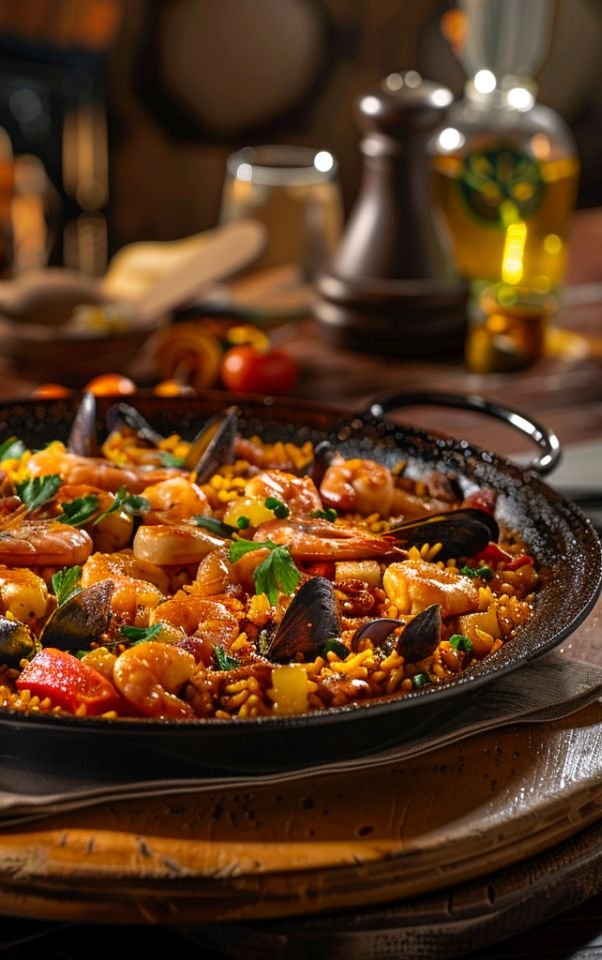
Food and Drink
Spain’s culinary scene is as vibrant and diverse as its culture, offering everything from rustic traditional dishes to innovative modern cuisine.
Tapas and Small Plates
Tapas are the heart of Spanish dining-a social way to eat small portions of a variety of dishes like olives, cured ham (jamón ibérico), grilled vegetables, and seafood. Tapas bars are everywhere, encouraging sharing and tasting multiple flavors in one meal.
Regional Specialties
- Paella: Originating from Valencia, this saffron-infused rice dish often includes seafood, chicken, or rabbit.
- Pintxos: In the Basque Country, these are small snacks typically served on bread with toothpicks, perfect for bar hopping.
- Seafood: Coastal areas offer fresh fish and shellfish, often simply grilled or prepared in stews.
- Hearty stews and roasts: In northern Spain, dishes like fabada asturiana (bean stew) and roasted lamb are popular.
Meals and Timing
Lunch is the main meal, usually served between 2 and 4 pm, often lasting over an hour. Dinner comes late, typically after 9 pm. Breakfast is lighter, sometimes just coffee and a pastry or churros with thick hot chocolate.
Drinks
Spain is famous for its wines, with regions like Rioja and Ribera del Duero producing excellent reds, and Rías Baixas known for crisp whites. Sherry from Jerez is a fortified wine enjoyed as an aperitif. Sangria and tinto de verano (a refreshing red wine and soda mix) are popular in summer. Don’t miss cava, Spain’s sparkling wine, perfect for celebrations.
Dining Etiquette
Meals are social occasions, so take your time and enjoy the company. Tipping is modest, usually rounding up the bill or leaving 5-10%. Dress is casual but neat, with a bit more formality expected in upscale restaurants.
Food Markets and Cooking
For a more hands-on experience, visit local markets to buy fresh produce, cheeses, and cured meats. If staying in self-catering accommodation, cooking your own meals can be rewarding and economical, letting you explore Spanish ingredients at your own pace.
Spain’s accommodation and food scenes reflect its rich culture and warm hospitality, offering travelers countless ways to experience the country’s charm and flavor.
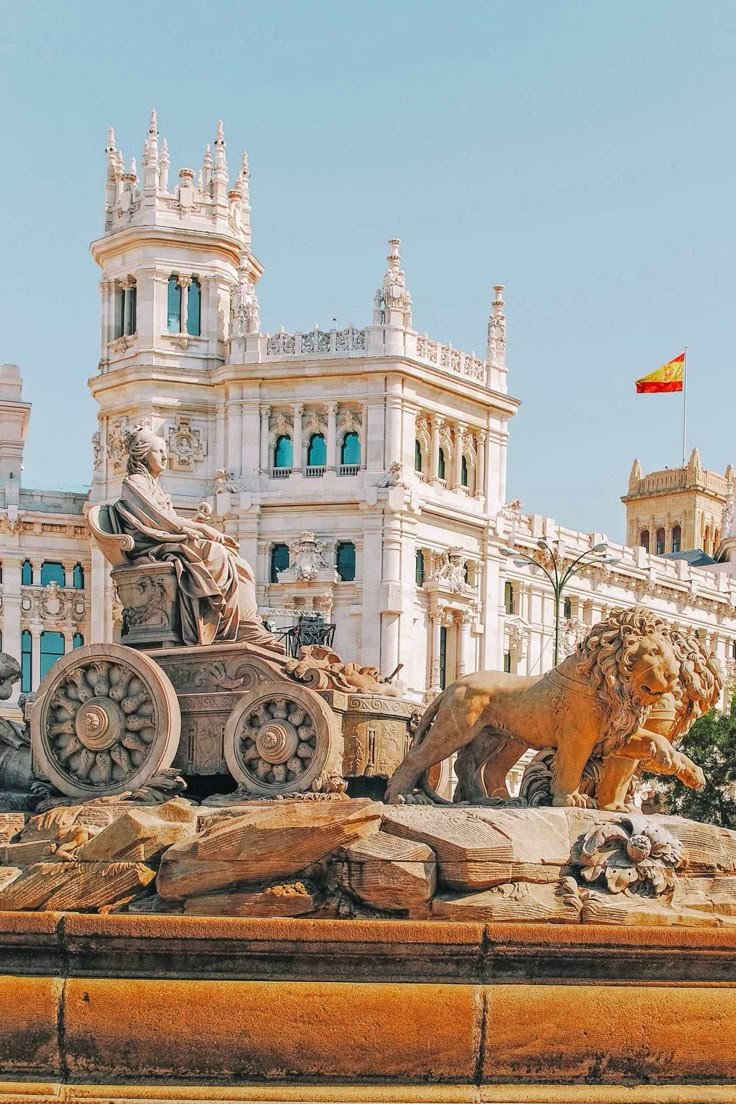
Must-See Attractions
Spain is a treasure trove of iconic landmarks and cultural gems that captivate every visitor. Here are some of the absolute must-see attractions for your 2025 trip:
- La Sagrada Família, Barcelona: This breathtaking basilica designed by Antoni Gaudí is a masterpiece of modernist architecture, still under construction after more than a century. Its intricate facades and soaring interiors offer an unforgettable experience blending art, faith, and innovation.
- The Alhambra, Granada: A stunning example of Moorish architecture, this palace and fortress complex combines lush gardens, intricate tilework, and panoramic views over the city. The Alhambra’s history as a royal residence and military stronghold makes it a cultural highlight of Spain.
- Prado Museum, Madrid: Home to one of the world’s finest collections of European art, the Prado features masterpieces by Velázquez, Goya, and El Greco. It’s a must for art lovers wanting to dive deep into Spain’s artistic heritage.
- Seville’s Alcázar and Plaza de España: The Alcázar palace showcases exquisite Mudéjar architecture and lush gardens, while the nearby Plaza de España impresses with its grand semicircular building and tiled alcoves representing Spanish provinces.
- Guggenheim Museum, Bilbao: This contemporary art museum, housed in a striking titanium-clad building by Frank Gehry, revitalized Bilbao and is a beacon of modern culture in northern Spain.
- Montserrat Mountain and Benedictine Abbey: Just outside Barcelona, Montserrat’s jagged peaks and spiritual monastery offer hiking, breathtaking views, and a chance to hear the famous boys’ choir.
- Historic Cities like Salamanca, Toledo, and Córdoba: These cities boast UNESCO World Heritage sites, medieval streets, and landmarks like Salamanca’s Plaza Mayor, Toledo’s Alcázar, and Córdoba’s Mezquita Mosque-Cathedral.
- Costa del Sol and Balearic Islands: For sun and sea lovers, the beaches of Málaga, Ibiza, and Mallorca provide stunning coastlines, vibrant nightlife, and charming villages.
- Roman Aqueduct, Segovia: One of the best-preserved Roman aqueducts in the world, this engineering marvel dominates Segovia’s skyline and is a testament to Spain’s ancient past.
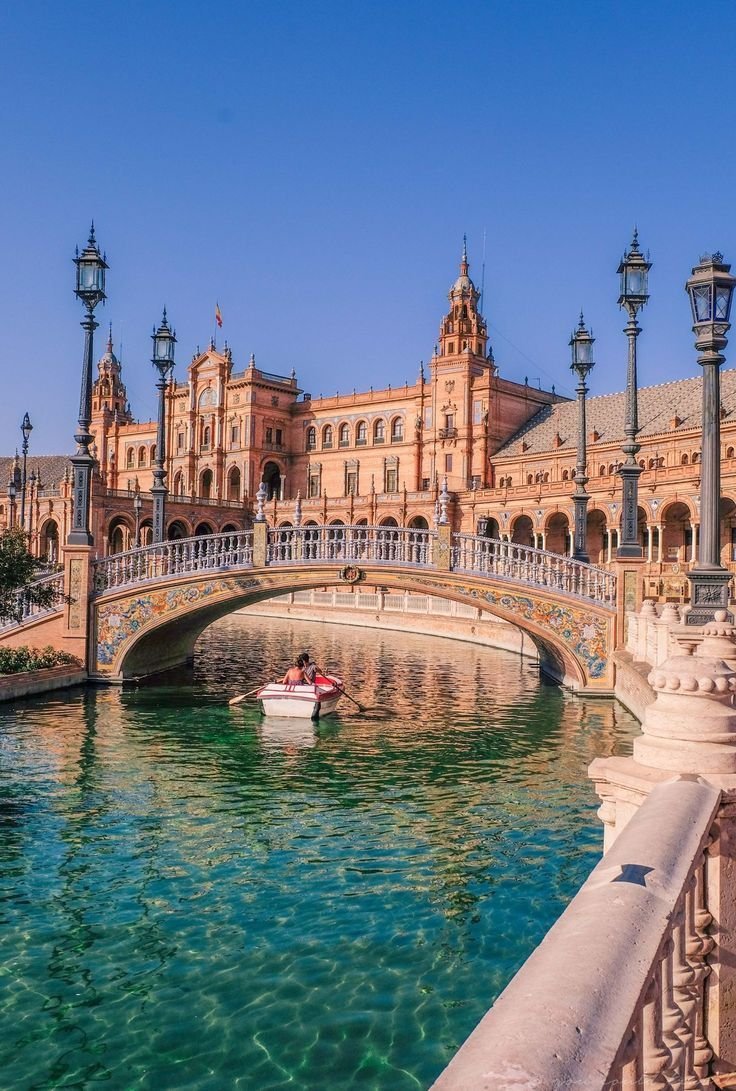
Must-Do Activities
To fully embrace Spain’s spirit, here are essential activities that bring the country’s culture, nature, and energy to life:
- Tapas and Pintxos Crawls: Experience Spain’s social dining culture by hopping between bars sampling small plates. In cities like Madrid, Seville, and San Sebastián, this is the best way to taste local specialties and mingle with locals.
- Flamenco Show in Andalusia: Witness the passion and intensity of flamenco dance and music in Seville or Granada. This art form is deeply rooted in southern Spain’s history and is a moving cultural experience.
- Walking the Camino de Santiago: For the adventurous, this ancient pilgrimage route offers spiritual reflection, stunning landscapes, and encounters with fellow travelers. Even short sections provide rewarding hikes.
- Explore Gaudí’s Barcelona: Beyond Sagrada Família, visit Park Güell, Casa Batlló, and La Pedrera to see Gaudí’s whimsical architecture integrated into city life.
- Attend a Festival: Spain’s festivals are legendary. In 2025, you can join the vibrant celebrations of La Tomatina in Buñol, Semana Santa (Holy Week) in Seville, or the Running of the Bulls in Pamplona.
- Hiking in the Picos de Europa or Sierra Nevada: Nature lovers can explore these mountain ranges for dramatic scenery, wildlife spotting, and outdoor adventure.
- Visit Local Markets: Markets like Mercado de San Miguel in Madrid or La Boqueria in Barcelona offer fresh produce, seafood, and gourmet treats, perfect for foodies wanting to taste authentic flavors.
- Wine Tasting in Rioja or Ribera del Duero: Tour vineyards and sample some of Spain’s finest wines, learning about centuries-old winemaking traditions.
- Relax on Mediterranean Beaches: Spend time on the golden sands of Costa Brava or the islands, soaking up the sun and enjoying water sports.
- Discover Hidden Gems like Teruel: Explore less-touristed towns with unique architecture, legends, and local delicacies such as Jamón de Teruel.
Spain in 2025 promises an unforgettable blend of historic grandeur, vibrant culture, and natural beauty. Whether marveling at world-class art, savoring local cuisine, or hiking through stunning landscapes, your journey will be rich with discovery and delight.
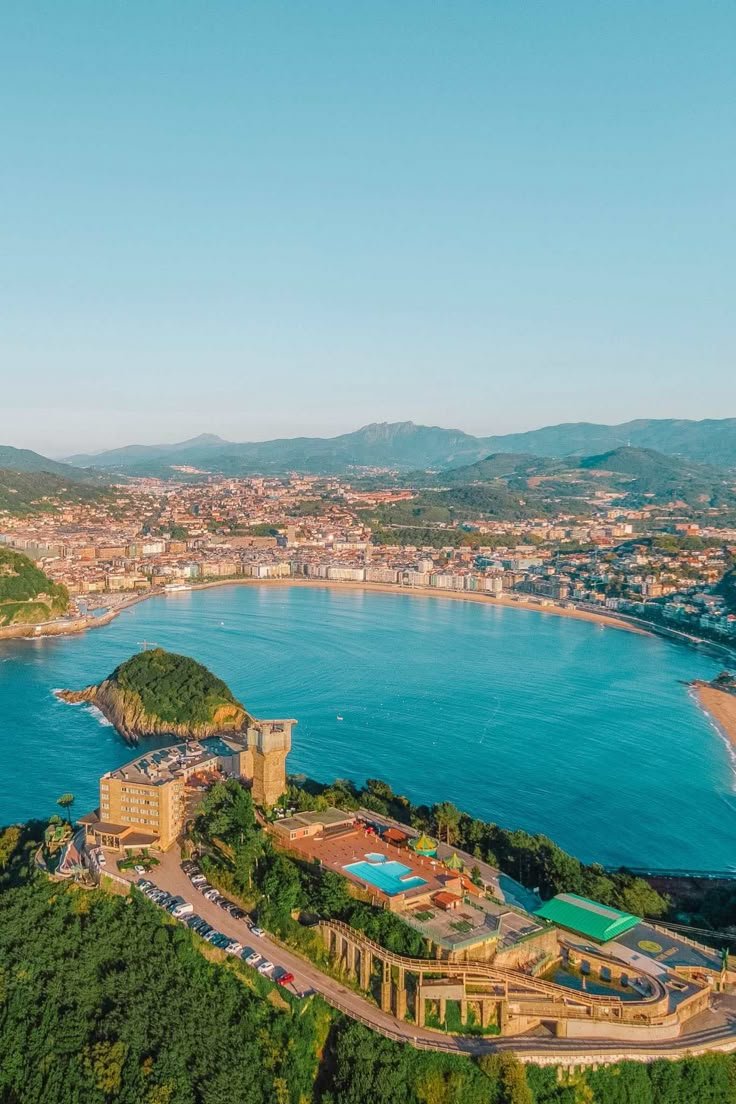
Travel Tips
Spain is celebrated for its welcoming atmosphere, vibrant culture, and rich history, making it one of Europe’s safest and most enjoyable destinations. To ensure your trip is smooth and memorable, here’s a comprehensive guide to safety, customs, and language essentials for 2025.
Safety Advice
General Safety
- Spain is one of the safest countries in Europe for travelers, with violent crime being rare. Most visits are trouble-free, but petty theft-especially pickpocketing-is the most common risk, particularly in large cities and crowded tourist areas like Barcelona, Madrid, and Seville.
- Remain vigilant in busy places such as public transport, markets, and popular attractions. Thieves often work in groups and use distraction techniques, so keep your belongings secure and avoid displaying valuables.
Tips to Avoid Theft
- Carry only what you need for the day; leave extra cash, passports, and valuables in your hotel safe.
- Use bags with secure, zipped compartments and wear them across your body. In crowded areas or on public transport, keep your bag in front of you.
- Never leave your belongings unattended in restaurants, hotel lobbies, or on beaches. Don’t hang bags on the back of chairs or leave phones on tables.
- Be cautious at airports, train stations, and car rental desks, where distraction thefts are common.
Driving and Vehicle Safety
- If driving, be aware of aggressive drivers and the risk of theft from parked cars. Don’t leave valuables visible inside vehicles.
- Beware of scams involving people flagging you down on highways, often pretending there’s something wrong with your car. Only stop in well-lit, public areas and be cautious of anyone offering unsolicited help.
Civil Unrest and Emergencies
- Demonstrations can occur, especially in major cities. While most are peaceful, avoid large gatherings as they can turn unpredictable.
- Spain maintains a high terrorism alert level. Stay informed through local news and follow official advice in the event of an emergency.
Health and Insurance
- Spain has excellent healthcare services. It’s wise to have travel insurance that covers medical emergencies and theft.
- Know the local emergency number: 112 works for police, ambulance, and fire services throughout Spain.
Local Customs
Social Etiquette
- Spaniards are friendly, expressive, and value personal interaction. Greetings often involve a handshake or, among friends, a kiss on each cheek.
- Conversations can be lively and animated, with plenty of gestures and eye contact. Don’t be surprised by the volume-Spaniards are known for their enthusiastic communication style1.
- Dress is generally smart-casual, especially in cities and when dining out. Beachwear is reserved for the beach or poolside.
Dining and Daily Life
- Meal times are later than in many countries. Lunch is typically served from 2–4 pm, and dinner rarely starts before 9 pm. Embrace the local rhythm and try not to rush meals, as eating is a social event1.
- Tipping is not obligatory but is appreciated. Rounding up the bill or leaving a small amount (5–10%) is customary in restaurants and cafés.
- Many shops and businesses close for a few hours in the afternoon for siesta, especially in smaller towns. Plan your shopping and sightseeing accordingly.
Respecting Regional Differences
- Spain is a country of diverse regions, each with its own traditions, festivals, and sometimes even languages (such as Catalan, Basque, and Galician). Showing respect and curiosity for regional identities will be appreciated.
Language Basics
Spanish (Castellano) is the official language, but many regions have their own languages. English is spoken in tourist areas, but learning a few Spanish phrases will enhance your experience and help you connect with locals.
Useful Spanish Phrases:
- Hello: Hola
- Goodbye: Adiós
- Please: Por favor
- Thank you: Gracias
- Excuse me/Sorry: Perdón / Disculpe
- Do you speak English?: ¿Habla inglés?
- How much does it cost?: ¿Cuánto cuesta?
- Where is…?: ¿Dónde está…?
- I would like…: Quisiera…
- The bill, please: La cuenta, por favor
Tips for Communication:
- Even basic attempts at Spanish are appreciated and often met with encouragement.
- In regions like Catalonia, the Basque Country, or Galicia, locals may speak their regional language, but Spanish is universally understood.
- Spaniards value politeness, so always greet shopkeepers or restaurant staff when entering with a friendly “Hola” or “Buenos días.”
Final Tips for a Smooth Journey
Spain’s charm lies in its warmth-both in climate and in the spirit of its people. By staying aware of your surroundings, respecting local customs, and embracing the language, you’ll enjoy a safe, immersive, and unforgettable journey through this dynamic country.

